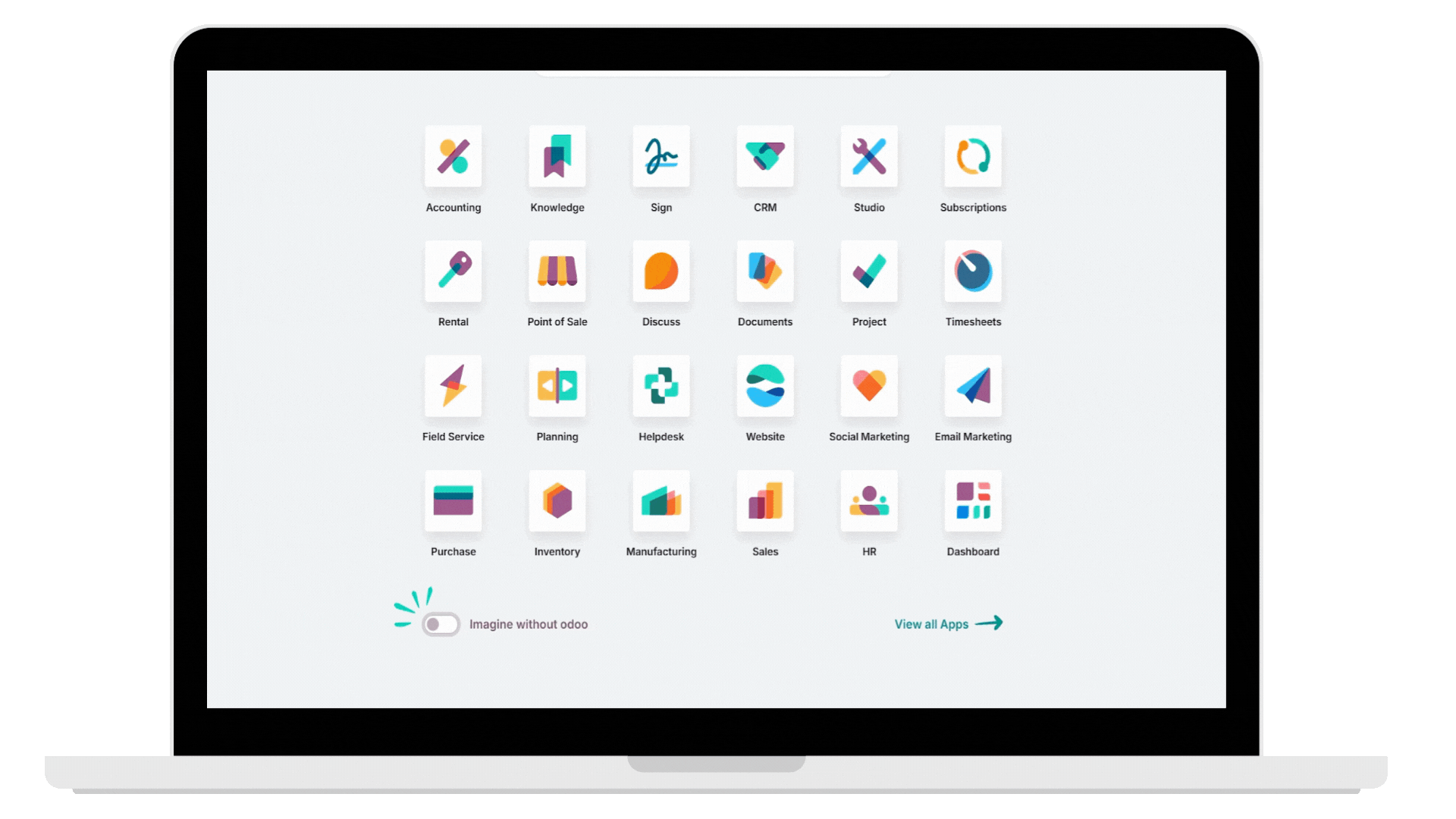Your POS system is where the action happens - it processes sales, captures payments, and keeps things moving on the shop floor or front counter.
But once that sale is done, what happens next?
Without real-time integration between your POS and ERP, the real burden falls on your team - through manual work, delays, and avoidable mistakes.
Disconnected systems might seem manageable at first. But for growing businesses, this tech gap quietly chips away at profit, performance, and customer satisfaction.
Let’s break down the hidden costs - and what you can do to avoid them.
1. Wasted time on Manual Reconciliation
If your POS and ERP don’t sync, your finance team is likely spending hours each week:
Double-checking cash and card transactions
Investigating mismatches between sales and bank deposits
Downloading sales reports
Manually inputting figures into accounting software
This isn’t just time-consuming, it introduces risk. A missed refund, a duplicated entry, a typo in a total - it all adds up. Worse, financial reporting becomes reactive instead of real-time.
2. Inventory data that’s always outdated
With no live sync between your POS and inventory, you're making decisions based on stale data. That leads to:
Overselling
You sell stock online or in-store that you don’t actually have
Out-of-stock situations
You don’t reorder in time, so customers walk away disappointed
Poor forecasting
Planning becomes guesswork when the data’s incomplete
Real-time syncing means when something is sold, it’s deducted immediately from inventory, across all channels and locations. That’s essential for multi-site retail, Quick Service Restaurant (QSR) and businesses offering click-and-collect or local delivery.
3. Disconnected data = Disconnected decisions
You can’t manage what you can’t see. Without integration, your data lives in silos:
Finance has to bridge the gap
Your ERP shows another
POS shows one view of sales
This creates a fragmented picture of business performance. And decision-makers can’t afford delays when looking at:
Product performance across channels
Profit margins by location
Sales by staff member
Cash flow projections based on real-time revenue
With POS-ERP integration, the data just flows - and it flows into dashboards your leadership team can use, daily.
4. Poor customer experience (That’s hard to track)
A great experience at the till can be quickly undone by back-office issues. Some examples:
A customer gets overcharged because the latest promotion wasn’t updated in the POS
An item is shown as ‘in stock’ online, but is sold out in-store
Refunds take days to appear, leaving customers chasing your support team
The root cause often lies in disconnected systems, not the staff. But without clear traceability across platforms, you’re left guessing what went wrong.
Connected systems don’t just improve internal operations, they protect your brand reputation.
5. Scaling without integration gets messy (and costly)
When you’re growing (opening new locations, expanding online, or franchising) disconnected systems can’t keep up.
Each new POS terminal adds another isolated data source. Each integration adds cost and complexity. Each manual process becomes a liability.
The result?
Your operational overhead grows faster than your business. POS-ERP integration gives you one system to scale with. Add locations, users, or products, without adding more admin.
The Smarter Way forward: Real-time integration
You shouldn’t need five tools to run one business.
Modern ERP systems like Odoo can centralise everything: sales, inventory, accounting, CRM, purchasing, and more. But without a seamless POS connection, that power is limited.

That’s why the connection between your POS and ERP isn’t just a “nice to have” - it’s critical infrastructure.
It has to work in real time - not catch up at the end of the day.
It should be properly built-in - not a temporary fix using plugins.
It should be reliable - not something you’re constantly fixing.
What Smart IT Offers: Dojo + Odoo
To solve this disconnect, we built a certified Dojo integration for Odoo, designed for accuracy, compliance, and full real-time visibility across your ERP.
Our Dojo integration with Odoo gives you:
✅ Real-time syncing of sales, refunds, and payments
✅ Automatic reconciliation in Odoo Accounting
✅ Instant visibility across your ERP - no delays, no duplication
✅ Compliance with PCI-DSS (Payment Card Industry - Data Security Standard) and SCA (Strong Customer Authentication) for secure transactions
✅ Support for multi-location, multi-device POS setups
No more manually exporting CSVs. No more syncing delays. No more siloed decisions.
Just one smart system that works the way it should, from the till to the balance sheet.
Is it time to stop filling the gaps and start setting your business up for real growth?
Your POS and ERP shouldn’t be pulling in different directions, they should work seamlessly together.
Let’s talk about how Dojo + Odoo delivers the connection you’ve been missing.
Get in touch with us to explore what this could look like for your business.
When your PoS doesn't talk to your ERP